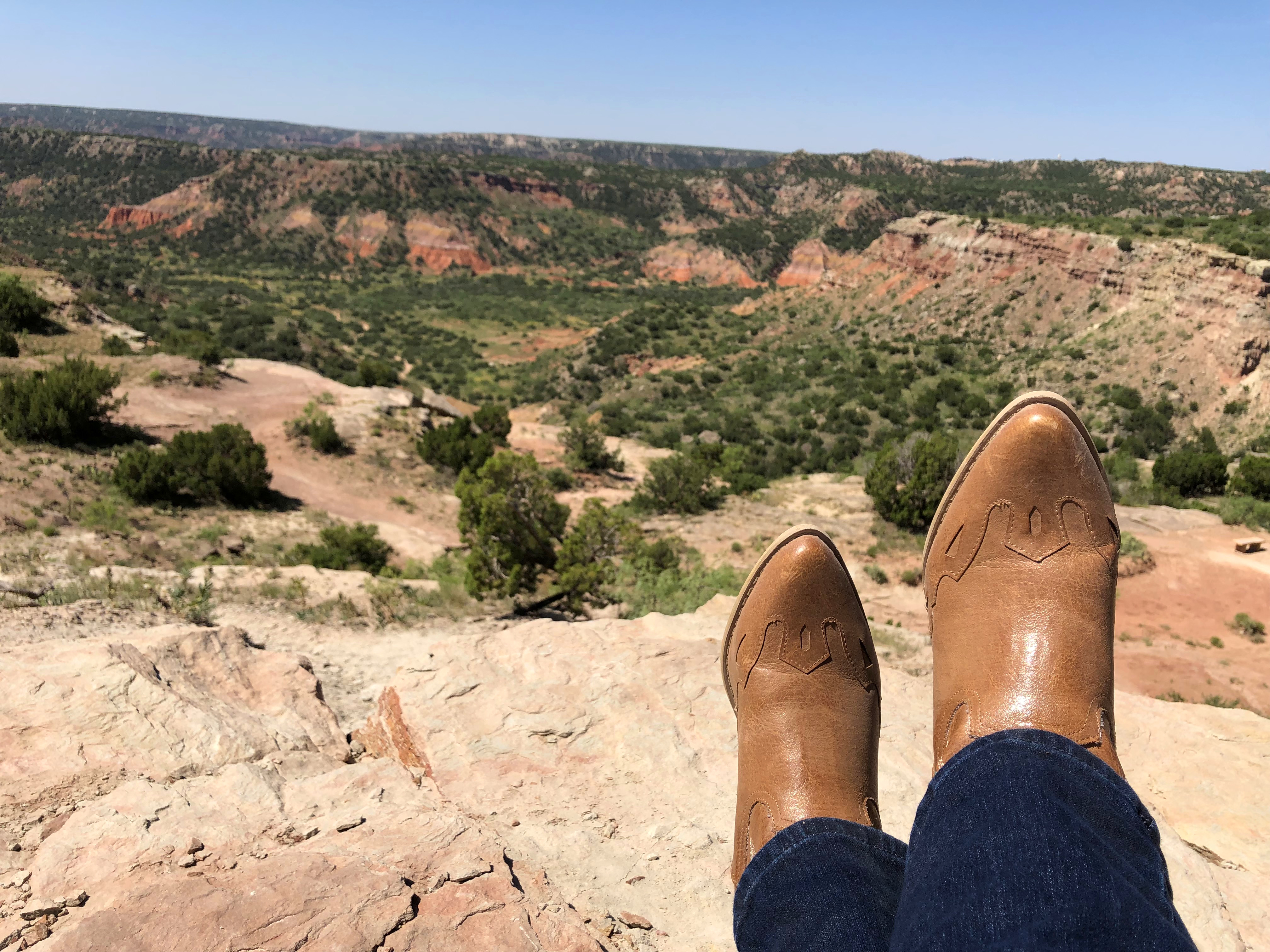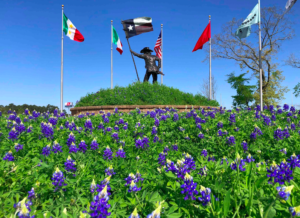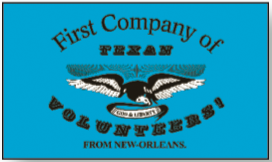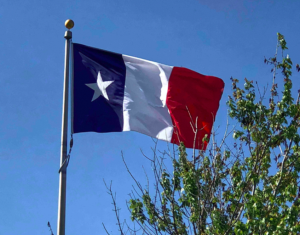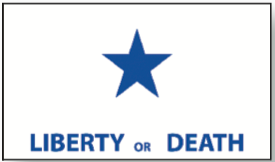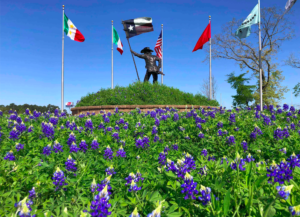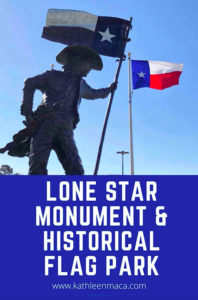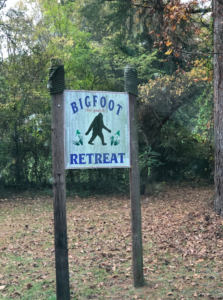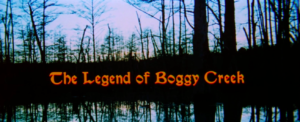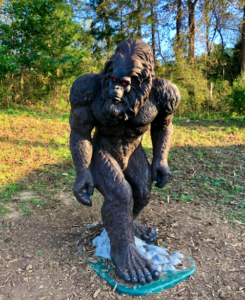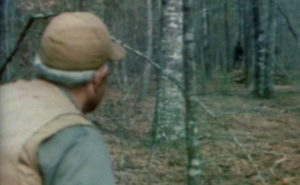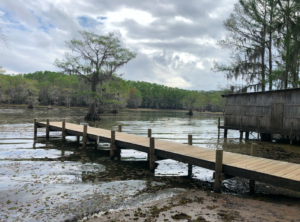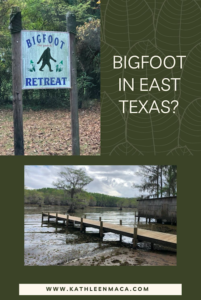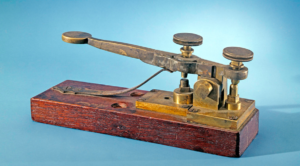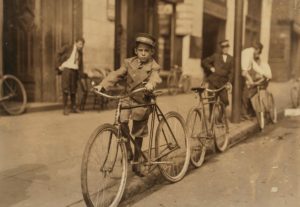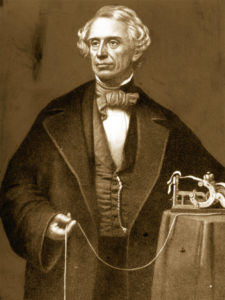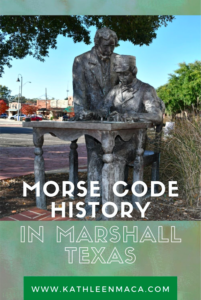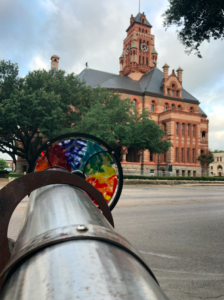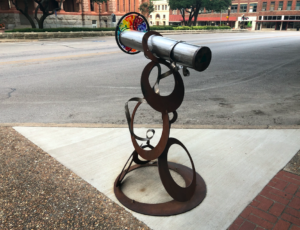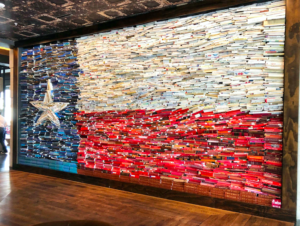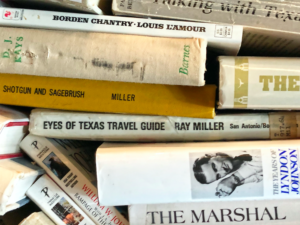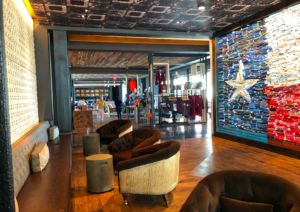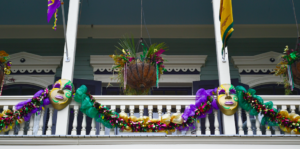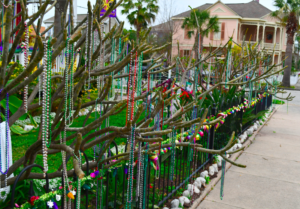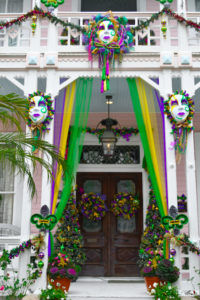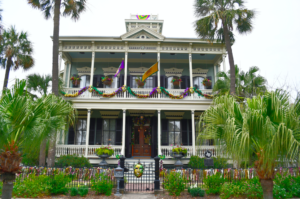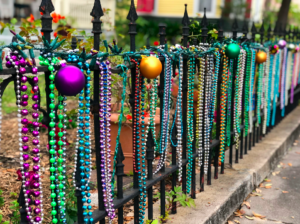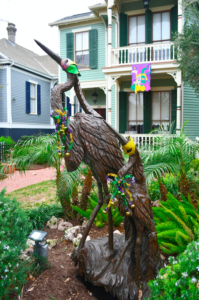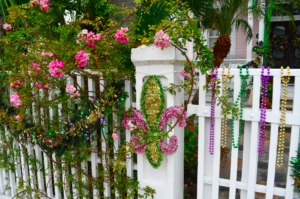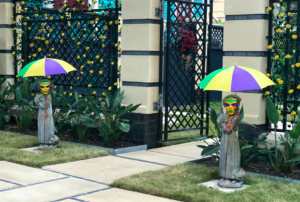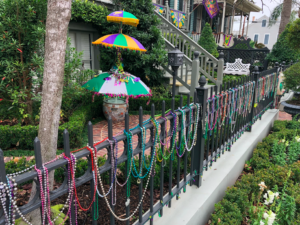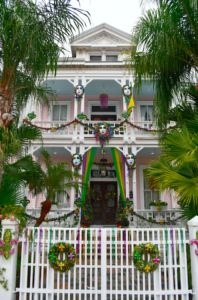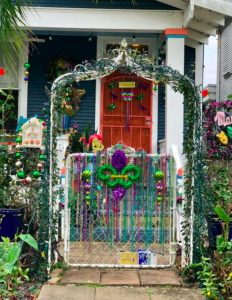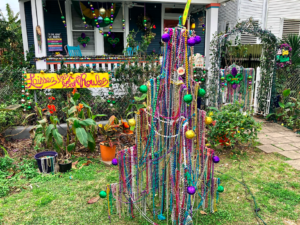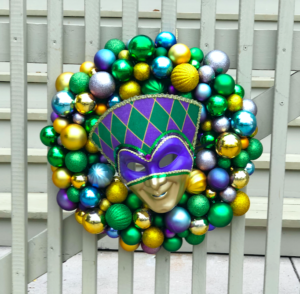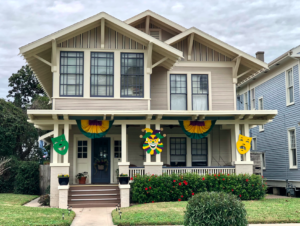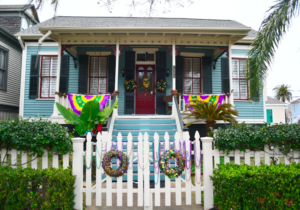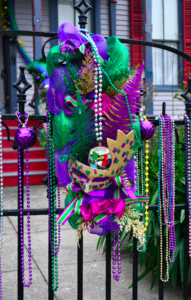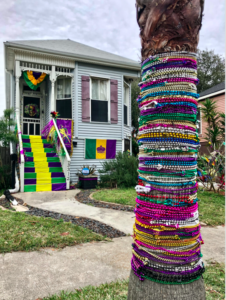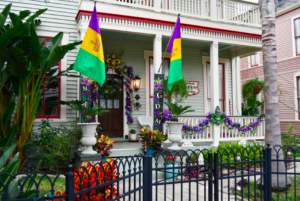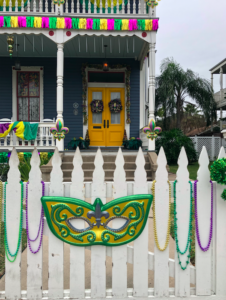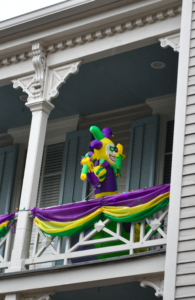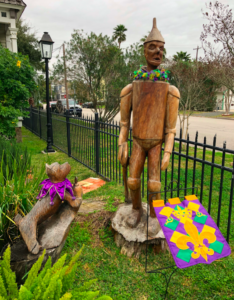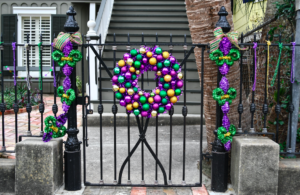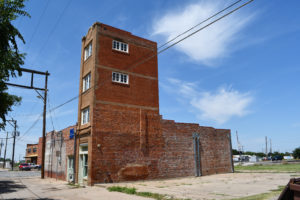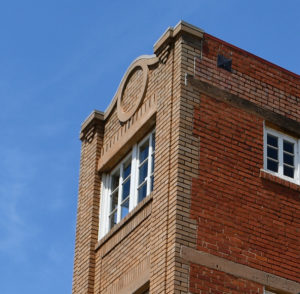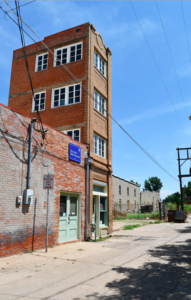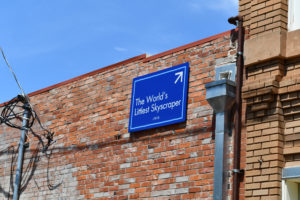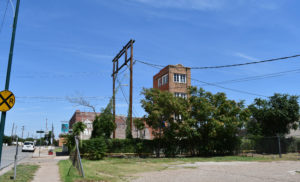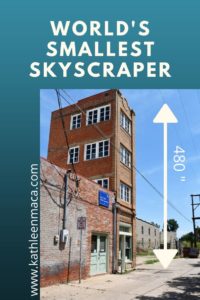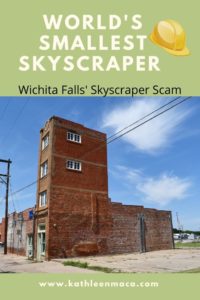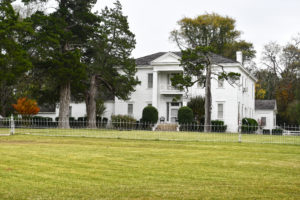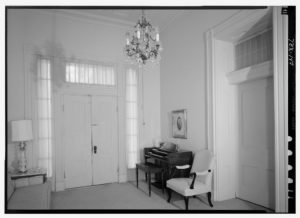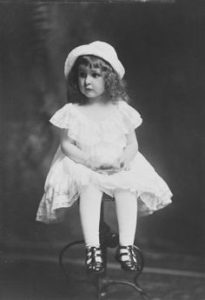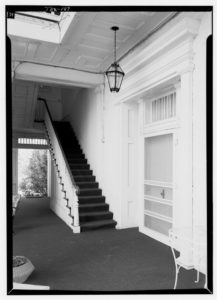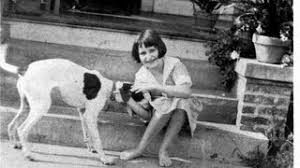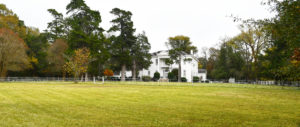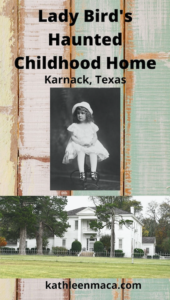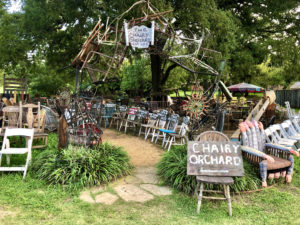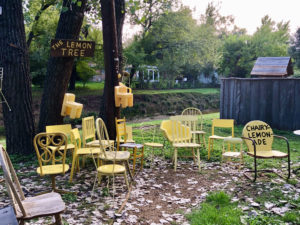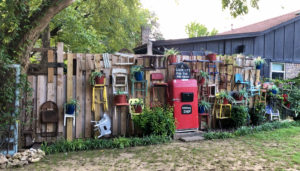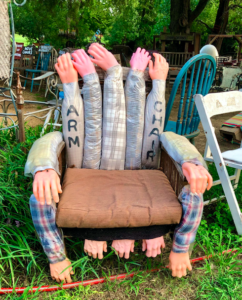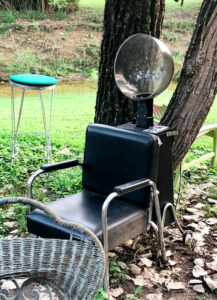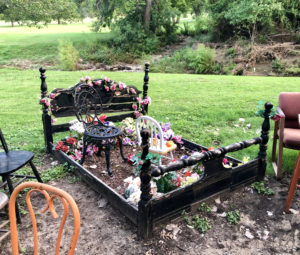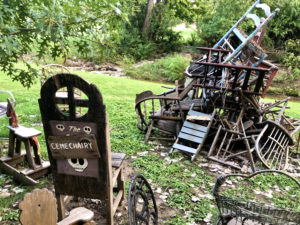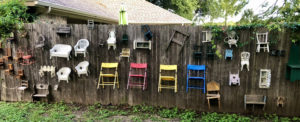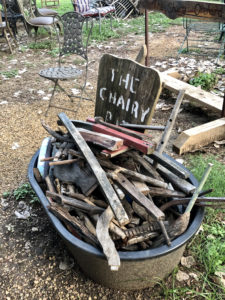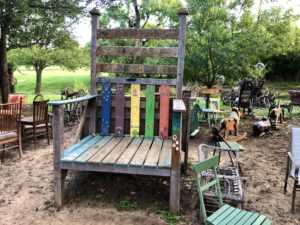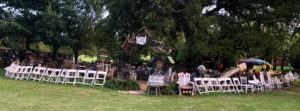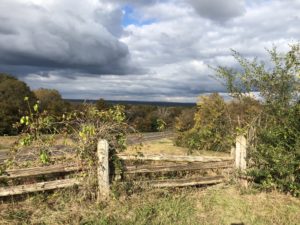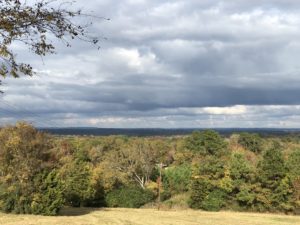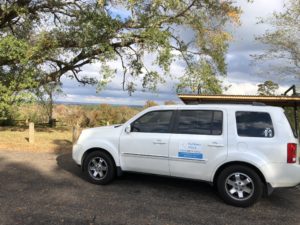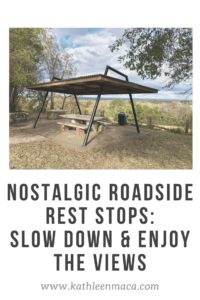There are two things that are guaranteed to bring a smile to a Texan’s face: The Lone Star Flag and bluebonnets. And as anyone who travels knows, the flag and outline of the state of Texas are symbols recognized around the world. We wouldn’t have it any other way.
The Lone Star Monument and Historical Flag Park in Conroe is an “outdoor museum” dedicated to sharing part of the st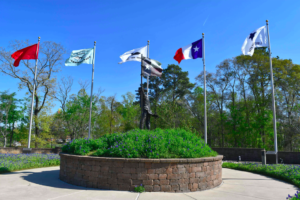 ory of the Texas Revolution. Its location is especially appropriate because Montgomery County is the birthplace of the Lone Star Flag that was voted and settled on by the Texas congress in 1839.
ory of the Texas Revolution. Its location is especially appropriate because Montgomery County is the birthplace of the Lone Star Flag that was voted and settled on by the Texas congress in 1839.
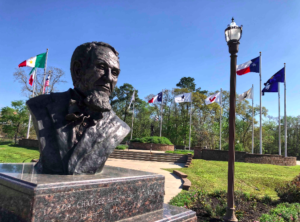 At the entrance to the display is a five-foot tall granite pedestal topped by a bronze bust of Dr. Charles B. Stewart, who is credited with creating the design for our beloved State Flag of Texas. The artist, Craig Campobella, created the image from the only surviving photograph –and it was a blurry one – of the doctor.
At the entrance to the display is a five-foot tall granite pedestal topped by a bronze bust of Dr. Charles B. Stewart, who is credited with creating the design for our beloved State Flag of Texas. The artist, Craig Campobella, created the image from the only surviving photograph –and it was a blurry one – of the doctor.
Stewart also served as an interpreter between General Sam Houston and General Santa Anna at the Battle of San Jacinto, signed the Texas Declaration of Independence and was Texas’ first Secretary of State.
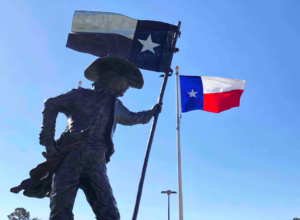 Follow the path from the Stewart memorial up to the flag park, and you’ll be greeted by another bronze artwork, the 14-foot bronze statue standing in the center of the circle of flags. Named The Texian (a fighter in the Texas Revolution), the charging subject is brandishing the version of the Lone Star flag that appeared in the Republic of Texas three years after the Battle of San Jacinto.
Follow the path from the Stewart memorial up to the flag park, and you’ll be greeted by another bronze artwork, the 14-foot bronze statue standing in the center of the circle of flags. Named The Texian (a fighter in the Texas Revolution), the charging subject is brandishing the version of the Lone Star flag that appeared in the Republic of Texas three years after the Battle of San Jacinto.
And symbolism? It’s packed full!
13 rocks under the Texan’s left foot represent the 13-day long siege at the Alamo. And imagine how long it took the artist to make 354 marks on the rocks to memorialize each soldier massacred at Goliad.
Look for clues in the soldier’s clothing, too. 18 buttons on his shirt, coat and pants stand for the number of minutes the fighting went on at San Jacinto. His red sash is a signature of the Texas Army whose members tied them on the right hip when every other army tied them on the left.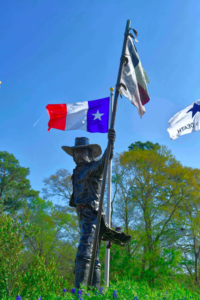
View his tie and sash from the five o’clock position and you’ll see that they incorporate the Alpha and Omega, the beginning and the end, referring to the 5 p.m. hour on April 21, 1836 when the Battle of San Jacinto came to an end.
The nine Texians who died at San Jacinto are remembered with nine stones under the right boot.
This time of year, the mound that The Texian stands atop is planted in brilliant bluebonnets, making it especially delightful to see.
Lift your gaze and you’ll see a circle of flags flying overhead. Flags were used to communicate the spirit and identities of the brave people who battled for Texas independence. And although the six national flags that ha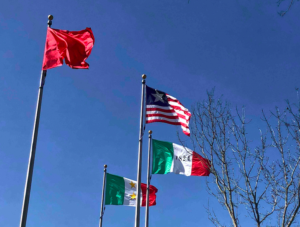 ve flown over Texas are more commonly known, many more have been carried in the Lone Star State. In fact, when the organizers of the park decided to fly 13 different flags to symbolize the 13 colonies of Texas at the time of the 13-day siege at the Alamo, they had to make their choices from over 50 flags!
ve flown over Texas are more commonly known, many more have been carried in the Lone Star State. In fact, when the organizers of the park decided to fly 13 different flags to symbolize the 13 colonies of Texas at the time of the 13-day siege at the Alamo, they had to make their choices from over 50 flags!
The story behind each of these 13 flags is displayed on a bronze plaque at the base of its 35-foot flagpole.
Coahuila Y Tejas 1821-1836
1824 Tri-color Alamo Flag 1835-1836
Texas Navy Flag 1836
Alabama Red Rovers 1835-1836
New Orleans Grays 1835-1836
Gonzales Flag 1835 Come and Take It
Sarah Dodson’s Tri-color Flag 1835
Troutman Lone Star Flag 1836
Goliad Flag, Severed Arm, Bloody Sword 1836
San Jacinto Liberty Flag 1836
First Flag of the Republic De Zavala Flag 1836
Second Flag of the Republic Burnet Flag 1836
Lone Star Flag 1839
You’ll find the Lone Star Monument and Historical Flag Park adjacent to the Montgomery County Library, at 104 I-45 North in Conroe. The park is free to visit and open seven days a week.

